Utilized for a wide variety of applications, bariatric step stools are lightweight and highly portable, offering heavier individuals a safe and dependable way to reach or perform tasks overhead. Also known as a heavy-duty step stool or a medical step stool, a bariatric step stool is specially designed to safely accommodate higher user weights.
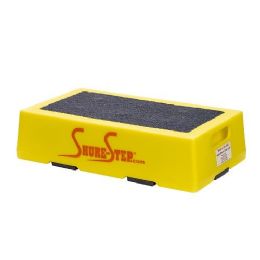
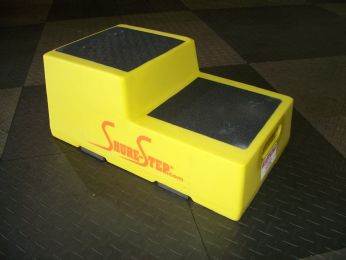


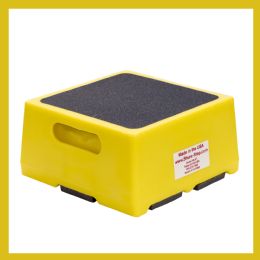

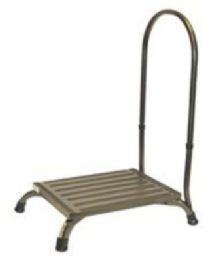


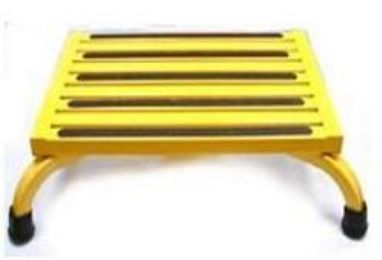


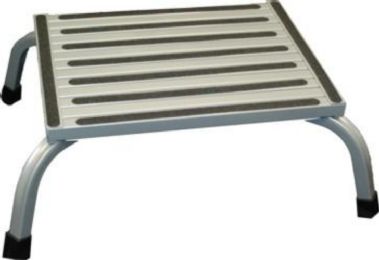




What is a Bariatric Step Stool?
When you don’t require a full-size ladder but still need some extra height for reaching or working above your head, step stools provide useful, efficient support. But when you’re heavier, it’s important to choose the right step stool that will support your weight and provide dependable, secure stability. Bariatric step stools are designed specifically to meet the heavy-duty demands their larger users require. Unlike standard step stools that might only safely support up to 200 pounds, a heavy-duty step stool can safely accommodate anywhere from 500 to 1,000 pounds, depending on the model.
Exceptionally versatile in its applications, a bariatric step stool can be used in the home, kept in the car for support wherever you go, and utilized in the office and other work settings. A medical step stool that’s designed for bariatric weight capacities has a myriad of uses in hospitals, doctor’s offices, emergency rooms, bariatric clinics, and home health care. They provide a sturdy step up for physical therapy and occupational therapy, enabling heavier users to utilize their support for stair therapy and other rehabilitative exercises.
What Are Bariatric Step Stools Made From?
Built from a variety of materials that include aluminum, powder-coated steel, heavy-duty laminate, and double-walled plastic, bariatric step stools highlight heavy-duty construction to withstand the higher stresses that heavier people impose. A metal step stool may seem stronger than a plastic one, but that is not always the case in actual operation. It’s important to check the manufacturer’s guidelines for weight capacity to ensure you choose a design that will not buckle or fold underneath you.
All quality step stools come standard with a non-skid ribbed or gritted standing surface to help prevent slips and falls. A wide step stool offers more standing room, while a step stool with handrail, is ideal for a user with balance impairments. A bariatric step stool is generally designed as either a block/box shape or as a wide surface with four legs, larger than a regular step stool. It usually comes in a 1 or 2 step stool configuration to suit different user needs.
Self-leveling components are often utilized in the legged design to keep it balanced when the user shifts their weight. Rubber tips help to keep the four-leg step stools stable, preventing them from sliding while they’re being used. The stool’s feet may extend past the base, resulting in an overall wider base to prevent tipping.